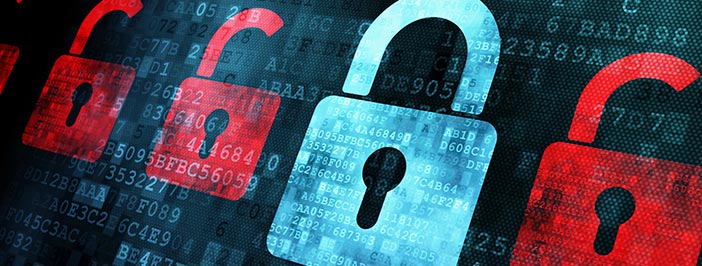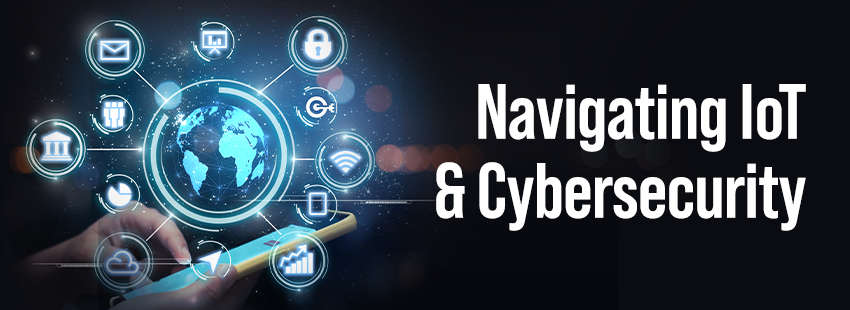7 Tips to Manage Cybersecurity Risk
A few months ago the SEC published their Observations from Cybersecurity Examinations. The idea was to conduct research to see what’s changed with financial firms since their previous cybersecurity announcement and recommendations.
Overall, the outlook was pretty positive. In the interim between the examinations, many firms made a concerted effort to lock down their data and protect the private information of their clients.
So what’s the cybersecurity takeaway here?
You need network security and data breach protection policies and procedures. The same way you have a fire escape plan, you can mitigate risk with some careful planning and forethought.
What should you do to manage your cybersecurity risk? Here are 7 tips to help you out.
Related: Everything You Need to Pass Your Next Compliance Audit
1. Conduct Periodic Risk Assessments
At least once a year, you should conduct a cybersecurity risk assessment. This can help you identify vulnerabilities in your network and in your workflow. It helps you determine what possible consequences your business could face after a cyberattack or other cyber incidents.
2. Ensure Regular System Maintenance
Updates and patches are incredibly important in maintaining a healthy network. Vulnerabilities in software are often an easy pathway for hackers to access your infrastructure.
These vulnerabilities, however, are generally addressed with subsequent updates. Last year’s WannaCry attack targeted a flaw in the Microsoft Windows operating system. The hacked machines were all unpatched, despite the fact that Microsoft released a patch before the attacks even began.
In short: Ensure you have regular maintenance to avoid easy pathways for hackers.
Did you know? 52% of the most commonly used programs aren’t being kept up-to-date.
3. Test Your Network’s Vulnerabilities
You’ve got critical systems that house your precious client data. But how do you know if those systems truly have the tools to safeguard the data? The answer is in vulnerability testing.
Software and cloud manufacturers are constantly identifying vulnerabilities and updating their software to address these. How can you be certain that all systems have been patched? With automated vulnerability services, you can scan your network and identify any opportunities for remediation.
4. Plan a Response
How you react to a data breach can easily make matters worse if you aren’t careful. You need individual post-attack tasks to help you identify your security flaws, manage the security cleanup, and continue business after the breach.
After all, you want to limit downtime as much as possible. Planning a breach response – including a disclosure to customers – can help you get there.
5. Maintain Cybersecurity Organizational Charts
You need to assign key players to help you respond effectively to a data breach. Your team should be ready to react with individual responsibilities to help you quickly get back on track.
Related: SEC Cybersecurity Disclosures are Coming for Your Business
6. Verify Customer Authenticity
Authenticity is particularly important in the financial world, where money transfers are commonplace. By standardizing your customer identity procedures, you can improve how customer data and funds aquistion.
This can include things like multifactor authentication programs, security questions, and more.
7. Conduct Vendor Risk Assessments
You’re really only as safe as your least safe vendor. Remember the Target breach of 41 million customers? Hackers breached Target’s point-of-sale system through an unsecured HVAC vendor. Your cybersecurity standards should go beyond your walls and apply to anyone that interacts with your IT systems.
Bring on a Cybersecurity Expert
Because technology is always changing, you need a cybersecurity expert to help advise you on policies and procedures that keep your business safe. Call KJ Technology today for an assessment of your business and to ensure your company is well-prepared for any cyber event.
Learn More: When the Sky Falls, Will Your Cybersecurity Approach Hold Strong?





